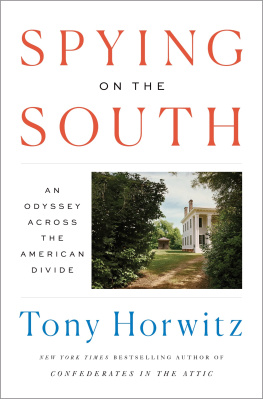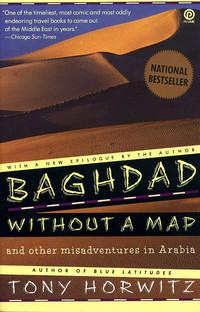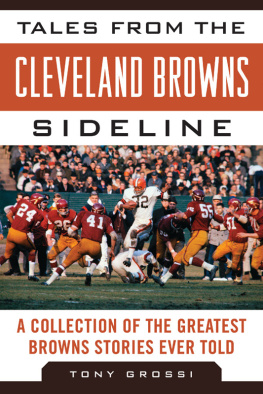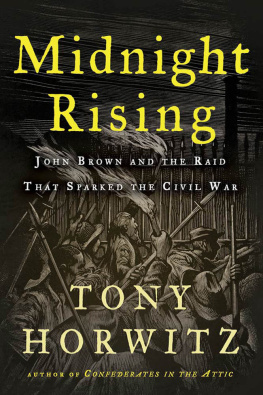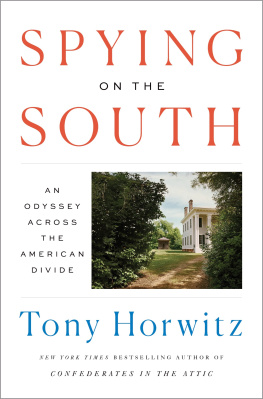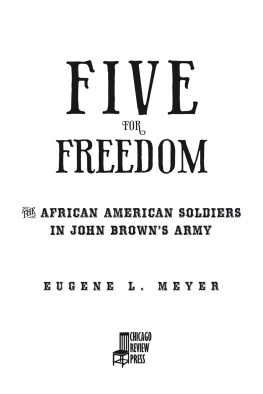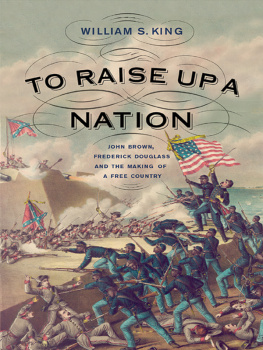October 16, 1859
M en, get on your arms, the Captain said. We will proceed to the Ferry.
It was eight at night, an autumn Sunday, silent and dark in the Maryland hills. A horse-drawn wagon pulled up to the log house and the men loaded it with pikes, tools, torches, and gunpowder. The Captain put on the battered cap hed worn in Bleeding Kansas. Then he climbed on the wagon and the men marched behind, down a dirt lane, past a snake-rail fence, onto the road to Harpers Ferry.
There were eighteen men, not counting the Captain. Almost all were in their twenties and had written farewell letters to family and lovers. Five of them were black, including a fugitive slave and a freedman whose wife and children were still in bondage. Two others were the Captains sons. All had been formally inducted at the secluded log house as soldiers in the Provisional Army of the United States.
Their commander was fifty-nine, a sinewy man with gunmetal eyes and a white beard hed grown to conceal his identity. He was wanted by state and federal authorities; President Buchanan had put a price on his head. While living underground, the Captain had drafted a constitution and a Declaration of Liberty for the revolutionary government that tonights action would found.
When in the course of Human events, it becomes necessary for an oppressed People to Rise, and assert their Natural Rights, the declaration began. If the opening sounded familiar, the close was not. We will obtain these rights or die in the struggle, the document stated, before concluding: Hung be the Heavens in Scarlet.
The road ran below a mountain ridge, through woods and rolling farmland. The mid-October night was cool and drizzly and dark, perfect weather for a surprise attack. There was no one else abroad and no sound, just the creak of the wagons wooden wheels and the clop of hooves. Steam rose from the horses flanks; behind the Captains wagon the men marched in pairs, solemn and speechless, as if in a funeral cortge. Their orders were to make no noise and to conceal their rifles beneath gray shawls. Anyone they encountered was to be detained.
After three miles, the road descended steeply to the wide, swift Potomac River. On the far bank glowed the gas lamps of Harpers Ferry, Virginia, a factory town and the gateway to the largest slave state in the country. Two of the men crept ahead; soon they would cut the telegraph lines linking Harpers Ferry to the outside world. Two other men, hard veterans of Kansas, slipped onto the covered bridge over the Potomac and seized the night watchman who trolled back and forth with a lantern.
The Captain followed in his wagon, leading the others across the bridge. It was an hour before midnight when they emerged on the Virginia shore and entered the business district of Harpers Ferry. The wagon clattered across pavement, past a rail depot, a hotel, saloons, and shops, and up to the front gate of the U.S. armory. Behind its high wrought-iron fence stretched a massive industrial complex where the nations newest weapons were manufactured.
Open the gate! one of the men shouted at a night guard within the armory fence. The watchman refused. Two of the men grabbed hold of him through the fence and pressed guns to his chest. Another man forced the gates lock with a crowbar. Then the Captain rode into the armory yard and took the watchman prisoner.
I came here from Kansas, he announced to his captive. This is a slave state. I want to free all the Negroes in this state. I have possession now of the United States armory, and if the citizens interfere with me, I must only burn the town and have blood.
ON OCTOBER 16, 2009, I retraced the Captains march with other pilgrims who had gathered for the hundred and fiftieth anniversary of John Browns famous raid on Harpers Ferry. The night was appropriately cold and wet, and we followed a horse-drawn wagon through a landscape that has changed remarkably little since 1859. Browns log hideout in Maryland still stands, as does the armory building in Harpers Ferry that became his headquarters and fort. Though we didnt carry guns or wear nineteenth-century attire, I experienced a little of the time-travel high that Civil War reenactors call a period rush.
But walking in the footsteps of history isnt the same as being there. I could tread where Browns men did, glimpse some of what they saw, but the place I wanted to be was inside their heads. What led them to launch a brazen assault on their own government and countrymen? Why were millions of other Americans willing to kill and die in the civil war that followed? How did one event connect to the other?
My sons ninth-grade American history textbook offers little more insight than mine did in the 1970s. Harpers Ferry merits six paragraphsa speed bump for students racing ahead to Fort Sumter and the Gettysburg Address. Recent history also provides a simplistic guide at best. Viewed through the lens of 9/11, Harpers Ferry seems an al-Qaeda prequel: a long-bearded fundamentalist, consumed by hatred of the U.S. government, launches nineteen men in a suicidal strike on a symbol of American power. A shocked nation plunges into war. We are still grappling with the consequences.
But John Brown wasnt a charismatic foreigner crusading from half a world away. He descended from Puritans and Revolutionary soldiers and believed he was fulfilling their struggle for freedom. Nor was he an alienated loner in the mold of recent homegrown terrorists such as Ted Kaczynski and Timothy McVeigh. Brown plotted while raising an enormous family; he also drew support from leading thinkers and activists of his day, including Frederick Douglass, Harriet Tubman, and Henry David Thoreau. The covert group that funneled him money and guns, the so-called Secret Six, was composed of northern magnates and prominent Harvard men, two of them ministers.
Those who followed Brown into battle represented a cross section of mid-nineteenth-century America. In Kansas and, later, Virginia, he was joined by farm laborers, factory workers, tradesmen, teachers, an immigrant Jewish shopkeeper, a free black schooled at Oberlin, and two young women who acted as lookouts and camouflage at his hideout near Harpers Ferry. These foot soldiers often bristled at his leadership and rejected his orthodox Calvinism. Most who went with him to Harpers Ferry regarded themselves as nonbelieving infidels.
Yet follow him they did, swearing allegiance to his revolutionary government and marching into Virginia to found a new order. Within two years, entire armies would cross the Potomac, and this obscured the magnitude of what happened in 1859. The street violence at Harpers Ferry came to seem almost quaint by comparison with the industrial-scale slaughter at Antietam and Gettysburg. In time, the uprising became known as John Browns Raid, a minor-sounding affair, like one mans act of banditry.
But no one saw it that way at the time. A month after the attack, under the headline HOW WOULD IT FIGURE IN HISTORY, a Baltimore newspaper listed the many labels given to the recent violence in Virginia. The most common were Insurrection, Rebellion, Uprising, and Invasion. Further down the list appeared War, Treason, and Crusade. There were twenty-six terms in all. Raid was not among them.


